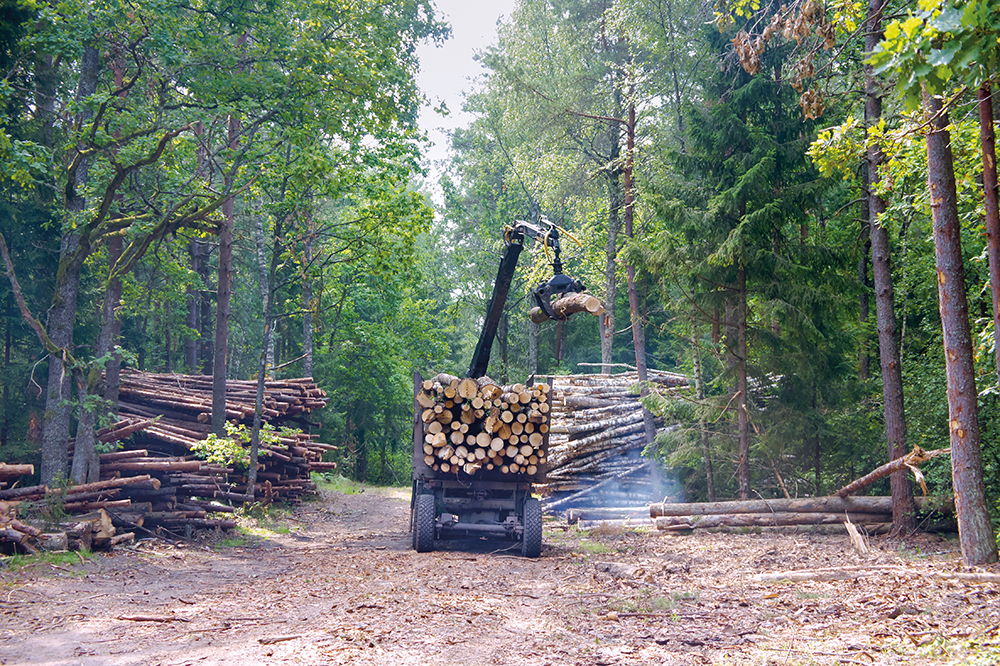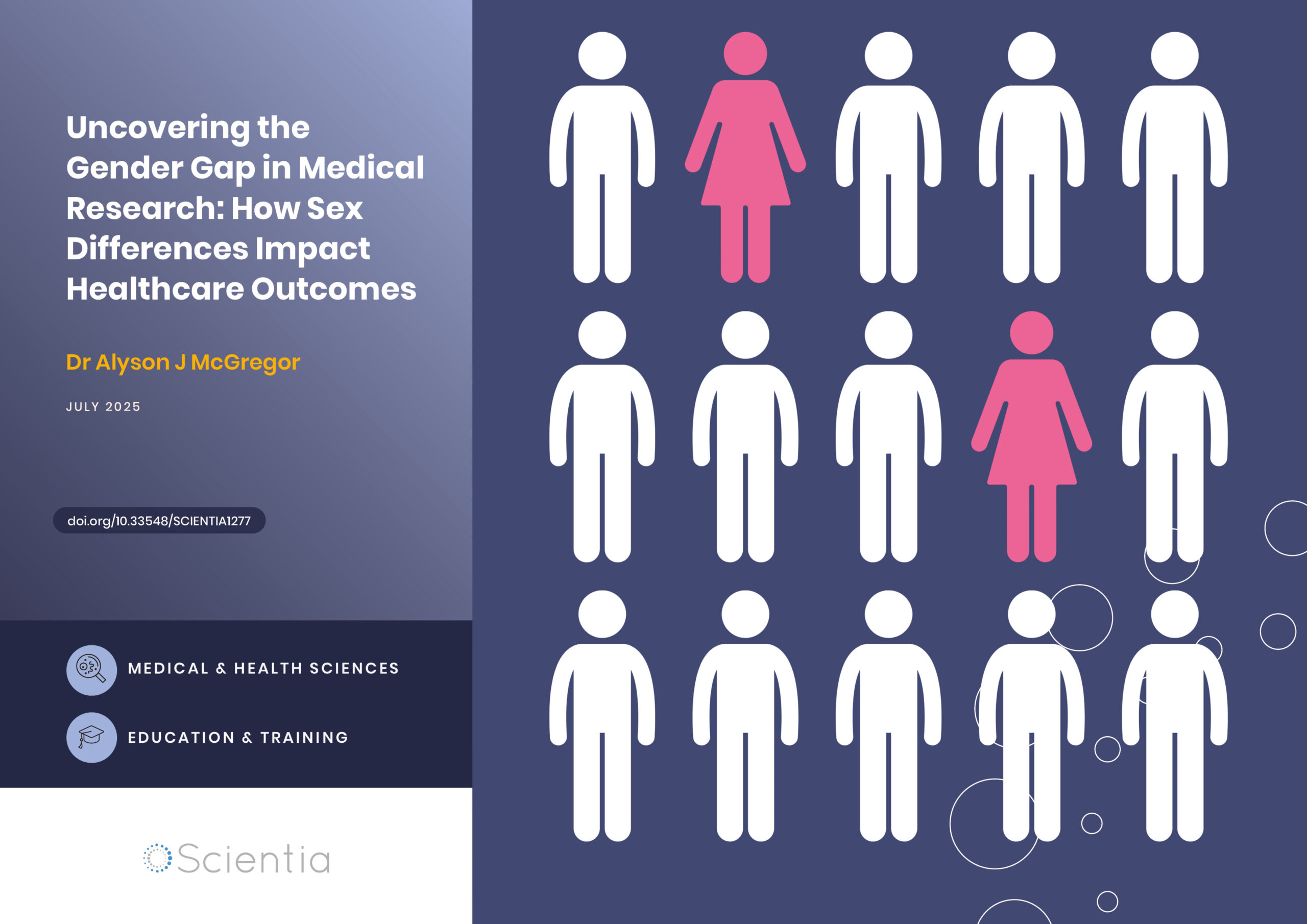Dr Timothy Young – AI and Data Mining for Smart Manufacturing
Big data is now central to the operation of many online companies, but until now, the wealth of information it provides has remained largely untapped by manufacturers. Dr Tim Young at the University of Tennessee believes that through data science, this information could be used to significantly streamline the operations of many manufacturing industries. His work provides the widely varied parties involved in these processes with important new insights into how they should handle their data, ultimately helping them to improve the efficiency of their operations.
Getting the Most out of Big Data
Never before in human history have we had access to such a vast amount of data. With the advent of technologies including smartphones and advanced sensors, constant floods of information are now being collected for purposes ranging from better movie suggestions on Netflix, to improving the flow of road traffic.
However, Dr Tim Young at the University of Tennessee believes that the use of big data still has significant untapped potential in manufacturing industries. Thanks to decades of previous research, statistics and data science have produced many sophisticated techniques for exploiting the huge amounts of data collected by these industries, each of which processes information in different ways.
Despite this progress, the widespread use of big data in manufacturing still faces significant challenges. Although the algorithms involved can be applied to many different situations, the sheer diversity of these tools makes it incredibly difficult for non-specialists to decide which approaches are best suited to particular tasks.
To overcome this issue, manufacturers must work together with data scientists to ensure that the statistical analysis they use to process information is actually useful. In his research, Dr Young applies his expertise to explore how these different algorithms can best be used to exploit data gathered throughout manufacturing processes involving biological materials.

A Dilemma in Wood Composite Manufacture
Wood composites, such as particleboard and structural engineered panels, are important materials in the construction and manufacturing industries. Although they have different strength properties relative to regular wood, they are far cheaper and lighter, making them more desirable for many purposes. To manufacture these panels, particles and fibres of pulverised wood are mixed with resin, formed into flat sheets, and are then often treated with other chemicals. This process is more complex than it sounds: for a high-quality final product, bonds between individual wood grains must be strong, and the panels must be reasonably resistant to rupturing when subjected to mechanical forces.
To ensure this level of quality, manufacturers need to use just the right proportions and properties of wood fibres, resin and chemical treatments, and add them to the mixture at just the right times. With so many possible combinations, it is extremely difficult for manufacturers to optimise their processes. In the face of this challenge, statistical analysis can come into play: by identifying algorithms that accurately model how the quality of the final product will be affected by individual aspects of the production process in real time, solutions for optimising processes can be found far more easily.
Improvements Through Statistical Analysis
Through a series of studies, Dr Young and his colleagues assessed the real-time performance of several different ‘kernel regression’ and ‘deep learning’ algorithms. Among the most widely used families of algorithms in data science, these models are statistical tools for estimating relationships between multiple strength and process variables. For their purposes, Dr Young’s team used real-time data gathered by sensors to make real-time predictions of the bond strength between wood fibres, and the points at which the panels would fail in modulus and tensile strengths in the final product.
The team validated the accuracy of these predictions, to identify which algorithms are more effective than the others. Through this work, one regression model consistently emerged as a possible candidate for having the best real-time predictive performance. This Bayesian algorithm, which is common in robotics, incorporates mathematical structures from ‘kernel tree methods’, whose multiple branches represent a hierarchy of variable interactions within the process, and whose leaves represent optimum end points for the variable being predicted. Applied to a manufacturing context, Dr Young’s team showed that this algorithm, if used in real-time settings, can prevent the manufacture of low strength panels, identify sources of variation in the process, and possibly lower the costs of expensive additives while using less energy.

Streamlining Transport Flows
Ensuring quality in final products is just one aspect of Dr Young’s research. Before useful consumer products can be assembled, they must sometimes first be fabricated at separate facilities, and then transported to a central factory. For wood composites, important aspects of this part of the production process include procuring fibre, timely transportation over tens to hundreds of kilometres to a factory to avoid wood decay, and processing in a timely fashion to produce high-quality particles. This throws up several more important factors for manufacturers to consider, including wood age, mill locations and road delays – all of which can affect the overall production efficiency.
Using the huge amounts of data gathered by wood composite manufacturers in the southeastern US, Dr Young’s team again used statistical analyses to determine the regions in which material transport is currently the most streamlined. This time, they incorporated a different type of logistic regression model into their algorithms, which was better suited to identifying optimum locations for biomass-using facilities. Through their analyses, the researchers identified certain parts Alabama, Georgia, North Carolina and the Mississippi delta as particularly well-suited areas for large-scale material production and transport.
Quantifying Disruption from Natural Disasters
Even further down the chain of production, the growth of raw materials can be made far less certain through weather complications, with potential disruptions including heavy rains, strong winds, and ice storms. In more extreme circumstances, these events can damage the plantations needed to produce wood, although this is often far more likely to happen in some regions than others. Through statistical analysis of a national database, Dr Young and his colleagues identified particular regions where local governments have reported more frequent responses to natural disasters than others.
As they did this, the researchers accounted for the influence of ‘risk’ from natural disasters on aspects including the types and ages of the trees being grown, and social and environmental disruptions in local regions. Through these calculations, the team could categorise different regions by the extent to which composite wood manufacturing would be disrupted by extreme weather. Out of the 33 states they analysed, they identified inland parts of Georgia, South Carolina and Texas with high tree growth potential and low risk – important in manufacturing for a secure fibre supply.

Controlling Material Quality
Another area explored by Dr Young and his colleagues involves the properties of processed biological materials themselves, which can be highly variable, depending on several further factors. The overall quality of a biobased material can strongly depend on the uniformity of three separate factors throughout the material: wood particle sizes, ash content and moisture content. Any variability in these three factors can significantly reduce the quality of the final product, thereby incurring losses for the manufacturer. Using statistical algorithms commonly used in quality control, Dr Young and his team quantified the severity of each of these impacts.
In their study, the team concluded that variability in the three factors could increase production costs by between $10 and $20 per tonne of final product – making it critical for manufacturers to ensure uniformity in particle size, ash contaminant and moisture content early on in the process.
To do this, Dr Young introduced a new technique in a further study, in which the chemical spectra signatures of materials are picked up by real-time infrared sensors before manufacturing begins. By subjecting these signatures to the same algorithms used in the previous study, any unwanted variation can be revealed in the early stages of the process, allowing manufacturers to adjust their mixtures before significant costs are incurred. If implemented into factories, Dr Young hopes that this technique could enable manufacturers to ensure higher quality in their final products.
Examining Economic Potential of Biofuels
Finally, Dr Young has applied his expertise to consider how statistical analyses could be used to aid the production of biofuels. Through a survey spanning two decades, the US government has already gained important insights into the economic potential of these sustainable fuels. However, questions remain as to how their production is affected by biomass yields, logistical operations, and the integration of systems between plant growth and harvest. This highlights a critical need to understand the impact of a wide variety of factors, including soils, climates, plant growth and the economics of biofuel plantations.
Again, Dr Young’s team has shown that with the appropriate algorithms, data on each of these factors can be accounted for in optimising the production of biofuels. For four different plant species, the team analysed each factor to determine the economic potential of biofuel plantations in specific regions of the US.
The improved insights gained through this study could now prove to be an important step forward in our understanding of the benefits and precautions involved in biofuel production. Importantly, it could also influence future efforts to sequester carbon into the ground, which could become a key aspect of future sustainable economies.

A Wealth of Opportunities
Through their thorough analysis of manufacturing processes centred around bio-based materials and biomass, Dr Young and his colleagues have clearly demonstrated the numerous benefits that big data can offer for all parties involved. His discoveries show that when the right algorithms are applied, factors ranging from weather patterns to road delays can be accounted for in economic models.
Thanks to this success, Dr Young’s numerous studies demonstrate beyond doubt that the vast amounts of data we continually collect can be immensely beneficial in ways that we may not at first expect.
Reference
https://doi.org/10.33548/SCIENTIA510
Meet the researcher

Dr Timothy Young
Center for Renewable Carbon
The University of Tennessee
Knoxville, TN
USA
Dr Tim Young completed his PhD in Statistics (Natural Resources) at the University of Tennessee (UT) in 2007. He now works in the Center for Renewable Carbon at UT, where he became a tenured professor in 2010. Dr Young’s research interests currently include real-time data analytics for use in manufacturing processes involving biological materials, a web-based economic model for improving the sustainability of biomass production, and data science education programs geared towards manufacturing. He has received numerous awards for his research, including a fellowship in the International Academy of Wood Sciences in 2019 and ‘Alumni of the Year’ from the University of Wisconsin in 2018.
CONTACT
E: tmyoung1@utk.edu
W: www.spc4lean.com
KEY COLLABORATORS
Academic collaborators include Dr Dave Edwards (Virginia Commonwealth University), Dr Chung Hao Chen (Old Dominion), Dr Myong K. Jeong (Rutgers University), a multitude of faculty from the University of Tennessee, Haslam College of Business, Department of Business Analytics and Statistics and many other collaborators from Oregon State University and Virginia Tech. Key international collaborators include Dr Alexander Petutschnigg (Salzburg University of Applied Sciences), Dr Martin Riegler (BOKU University Vienna), Dr Klaus Richter (Technical University of Munich), Dr Sergej Medved (University of Ljubljana Slovenia), and Dr Marius Barbu (Transylvania University Romania). Association collaborators include Fulbright Austria, Forest Products Society, Athens Institute for Education and Research (ATINER), Composite Panel Association (CPA), and Engineered Wood Technology Association (EWTA – APA).
FUNDING
Grants and contract funding exceeding $18 million from a multitude of sources from the private sector including Arauco North America, Assured Bio Labs, Brown Forman Corp., Georgia-Pacific Corp., J.M. Huber Corp., to name a few. Government grants are primarily from US Department of Agriculture US Department of Energy, and US State Department.


![]()
Creative Commons Licence
(CC BY 4.0)
This work is licensed under a Creative Commons Attribution 4.0 International License. 
What does this mean?
Share: You can copy and redistribute the material in any medium or format
Adapt: You can change, and build upon the material for any purpose, even commercially.
Credit: You must give appropriate credit, provide a link to the license, and indicate if changes were made.
More articles you may like
Dr Sebastian Rabien | Making Membrane Mirrors for Future Space Telescopes
Mirrors play a key role in space telescopes, but to keep increasing the scale of this technology, mirrors need to be light and compact, so they can be transported in spacecraft, but also able to be adaptively corrected and controlled to ensure their accuracy. Dr Rabien and his colleagues from the Max Planck Institute for Extraterrestrial Physics, in Germany, have developed a technique to make extremely thin and lightweight mirrors, which can then be controlled with adaptive optics, making them a potential solution for larger space telescopes.
Dr Alyson J McGregor | Uncovering the Gender Gap in Medical Research: How Sex Differences Impact Healthcare Outcomes
Medical research has historically focused predominantly on male subjects, leading to dangerous gaps in our understanding of how diseases and treatments affect women. Dr Alyson McGregor from University of South Carolina School of Medicine Greenville has devoted her career to addressing this critical issue, highlighting how biological sex differences impact health outcomes. Her work demonstrates that ignoring these differences can have life-threatening consequences and advocates for more inclusive research practices to ensure safe and effective healthcare for everyone.
How Food Environments Shape Our Eating Habits
How we eat dramatically impacts our health, yet millions of Americans live in ‘food deserts’ – areas with limited access to fresh, nutritious food. Recent research reveals that solving this crisis requires looking beyond just physical access to food to understand how our entire community environment shapes our dietary choices. Through a series of pioneering studies, Dr Terrence Thomas and colleagues at North Carolina A&T State University have been investigating how different aspects of our food environment influence what we put on our plates. Their findings suggest that creating lasting change requires reimagining how communities engage with food at every level.
Probing Electron Dynamics in the Ultrafast Regime
In the atoms that make up the matter around us, negatively charged particles called electrons have properties such as spin and orbital angular momentum. Researchers at Martin Luther University Halle-Wittenberg have developed a theoretical framework which allows them to simulate the dynamics of the spin and orbital angular momentum of electrons in materials when probed with an ultrafast laser pulse. Using this framework, they are able to simulate different materials and improve our understanding of dynamics on an atomic scale.




